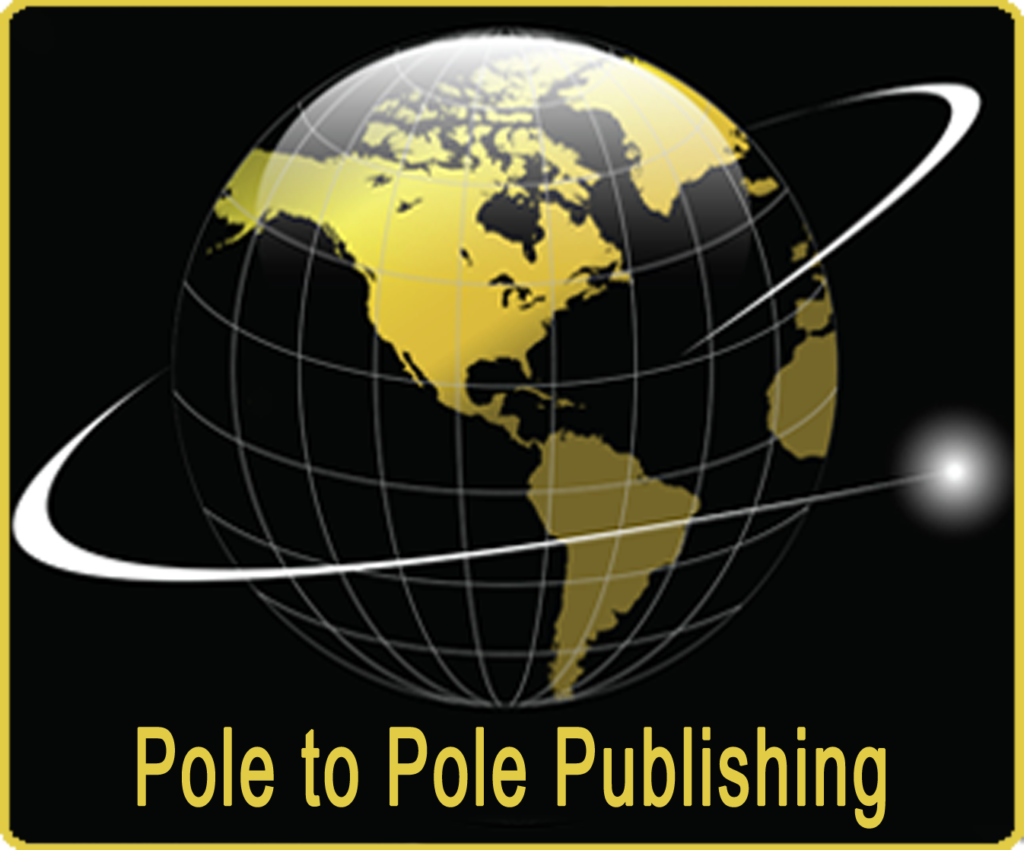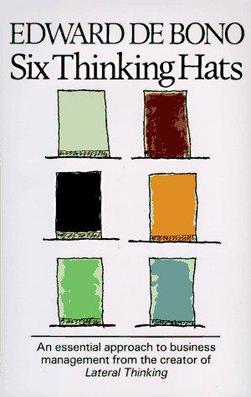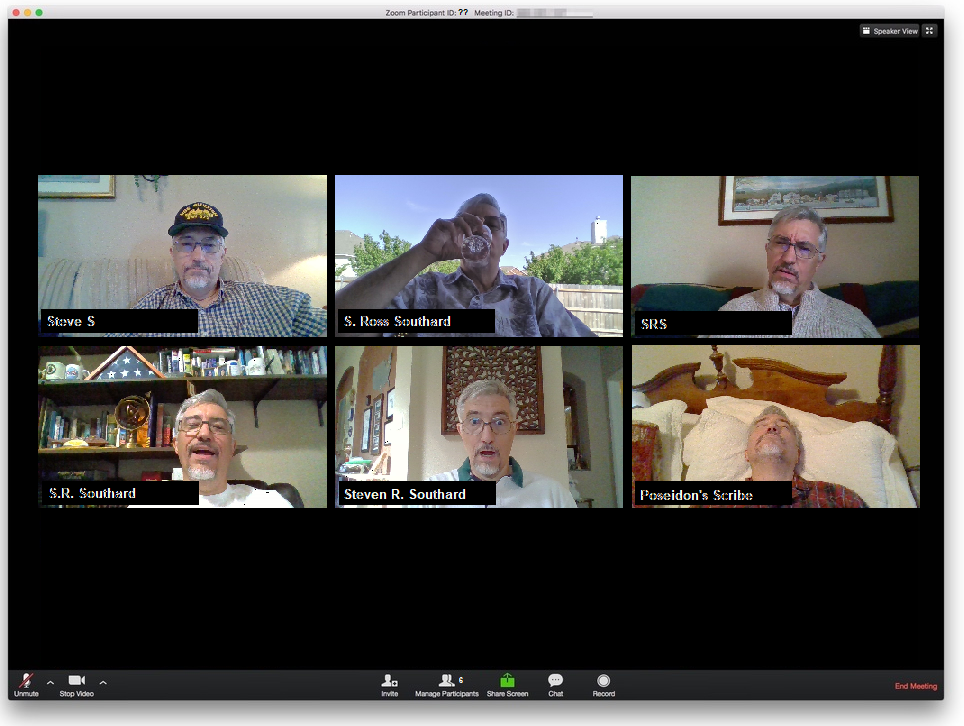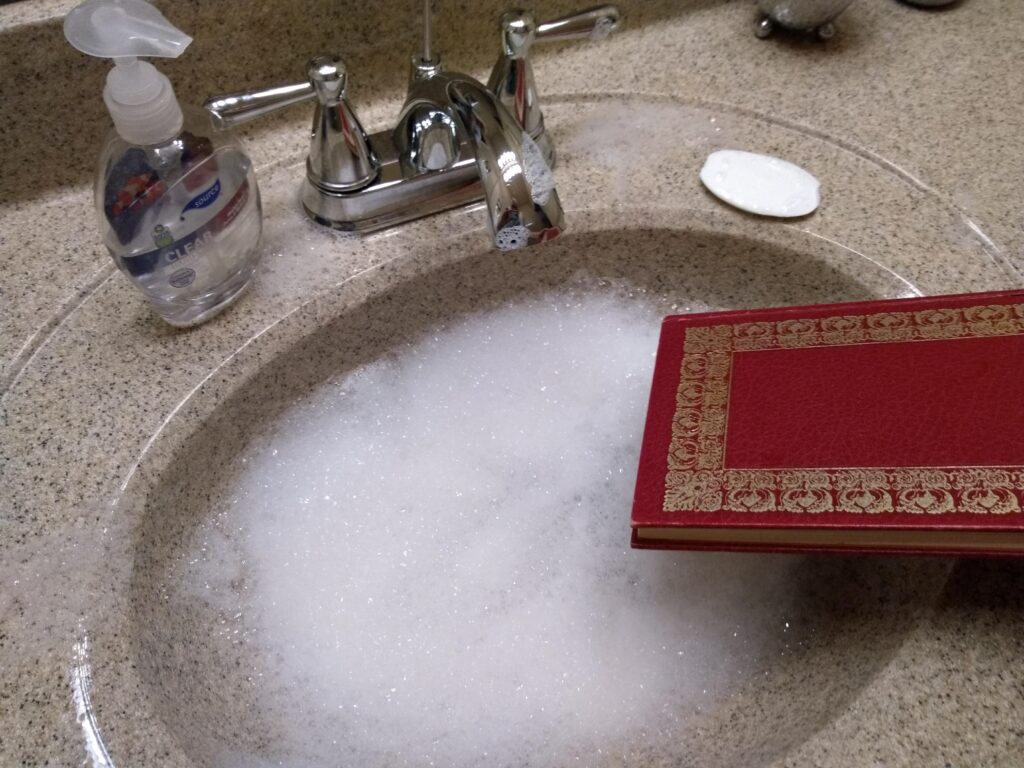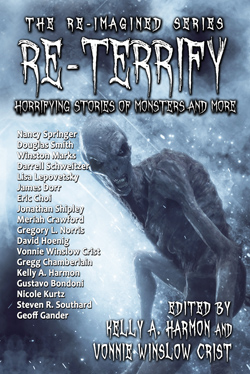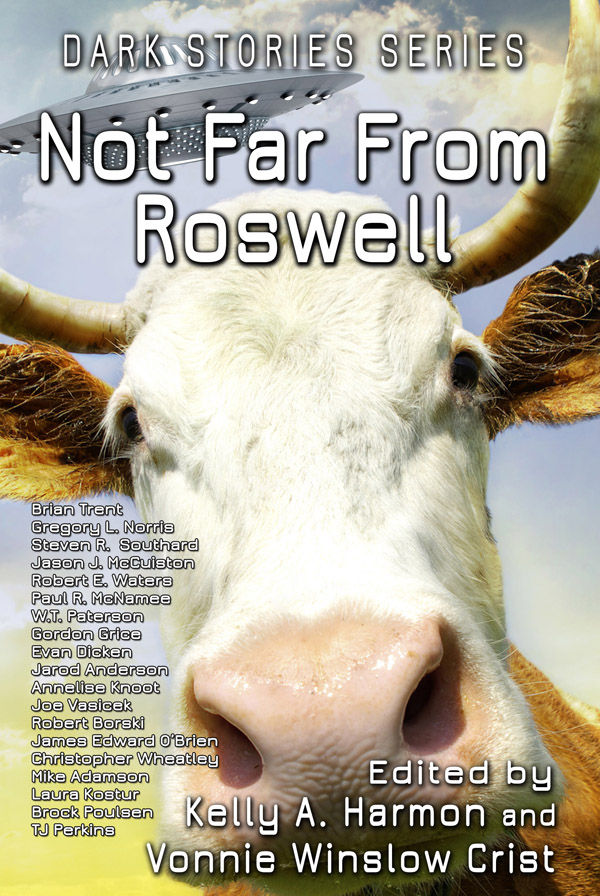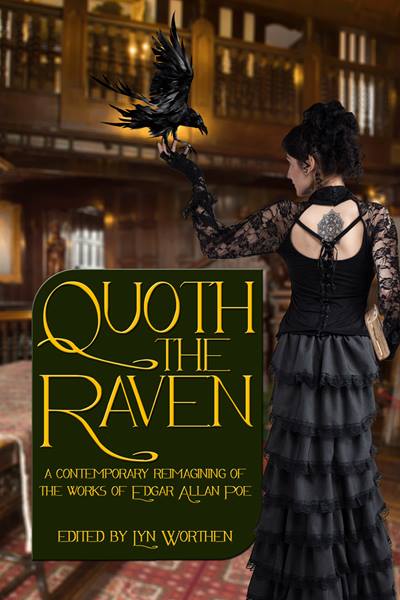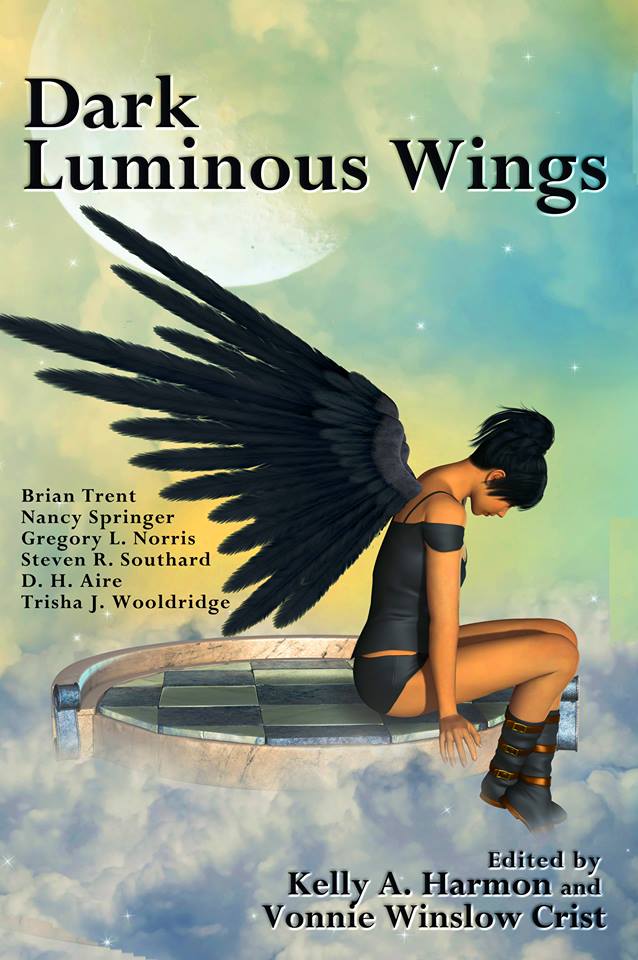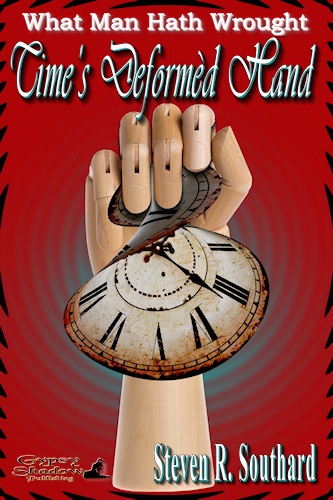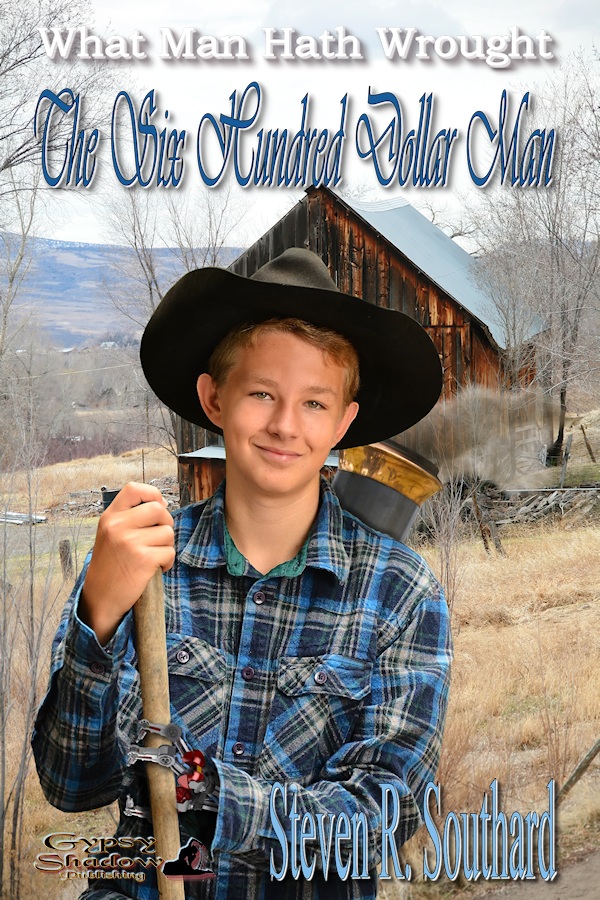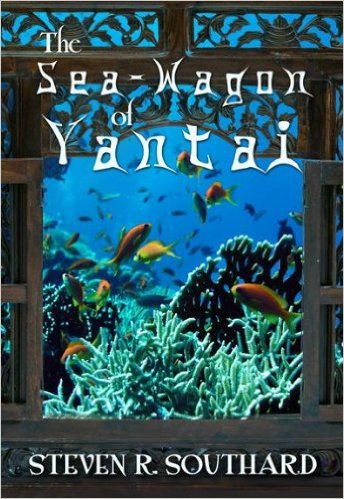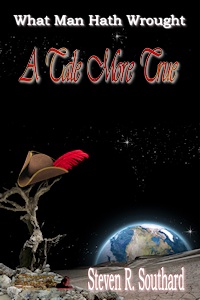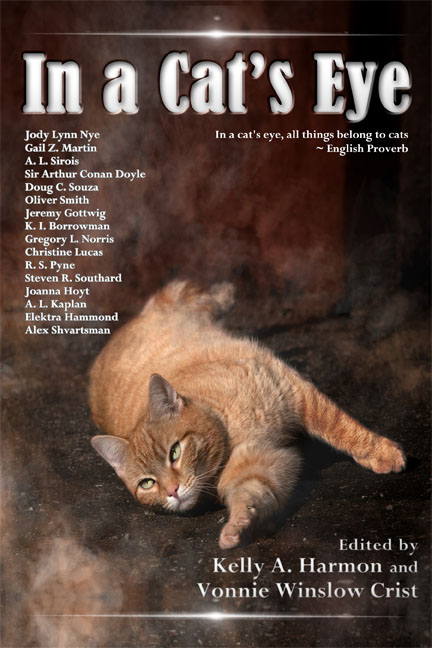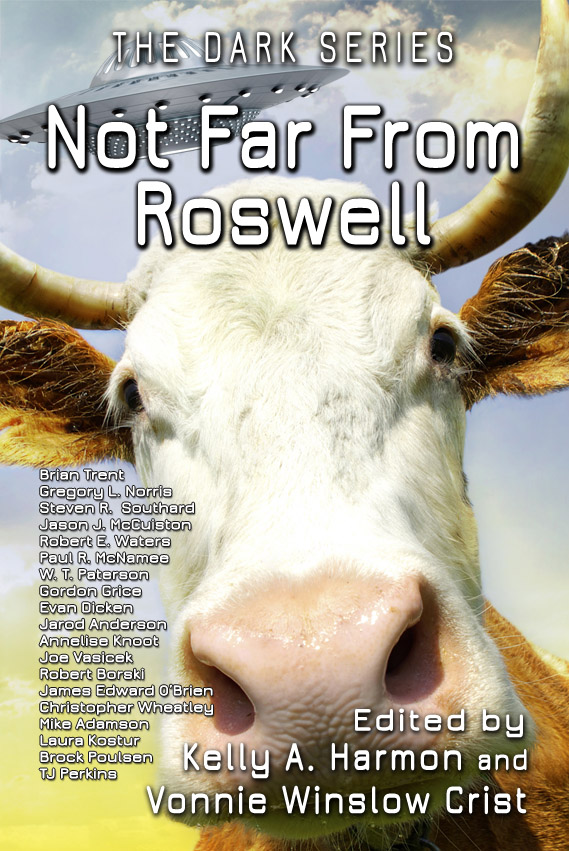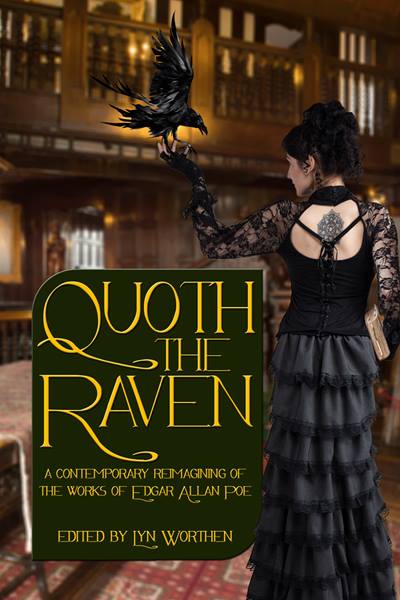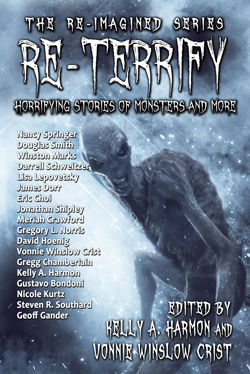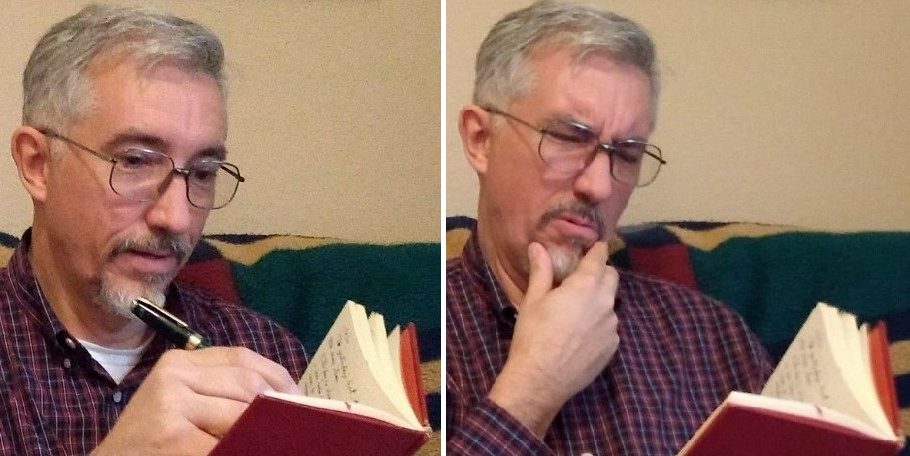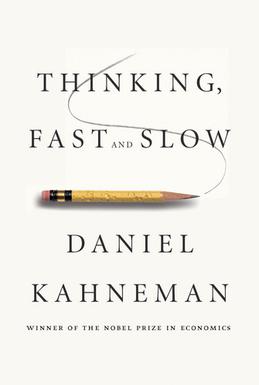You writers have been busy! In turn, your writing has been keeping me busy, as a co-editor for two different anthologies at the same time. Here’s a quick update on the two books I’ve been involved with, in good news/bad news format.
First, the bad news. Pole to Pole Publishing is cancelling its planned Re-Enlist anthology. I was co-editing this one along with a wonderful friend, author, and editor, Kelly A. Harmon. The book was to include futuristic/military/dark reprint stories. Unfortunately, we didn’t receive enough suitable stories to fill the anthology.
Many thanks to those who did submit stories. Among them were some great tales.
On the bright side, no one can keep Pole to Pole Publishing down for long. They plan to come up with new calls for submissions for future anthologies soon, and they’ll be announced here. It’s even possible that I’ll get to be involved as a co-editor again.
Now for the good news. The open submissions window for the anthology Extraordinary Visions: Stories Inspired by Jules Verne just closed, and we got a flood of submissions. By a flood, I mean 120, way above what I expected, and they included many wonderful stories. I’m part of the editing team for this book, and we’re busy choosing which stories to take.
I also thank all those who submitted to that anthology. So many good tales, and we’ll have to make some tough decisions. We can’t take them all.
This anthology is being sponsored by the North American Jules Verne Society, and the society’s leadership was pleased to learn of the huge response by writers who took the time to write and send their stories. It demonstrates the lasting impact Jules Verne’s novels continue to have on people today.
If all goes well, that anthology will be published later this year, and I’ll announce that event on this blog.
Although I continue to write my own fiction, I figured it was time to give you a status update from the editing desk of—
Poseidon’s Scribe

